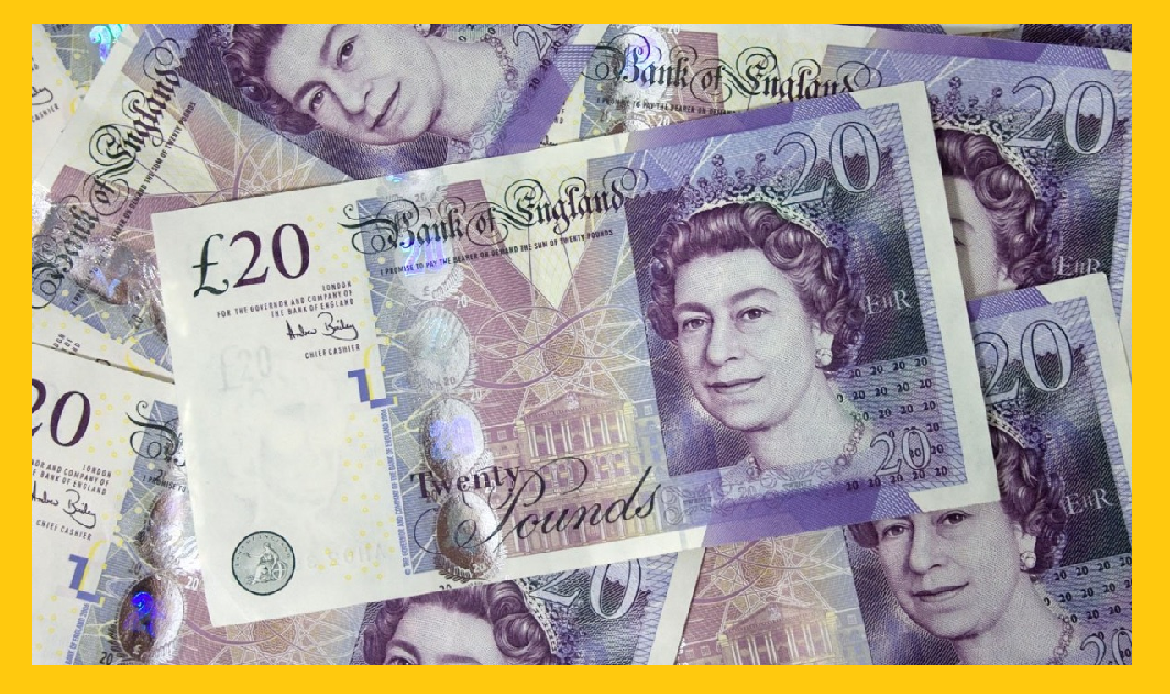SONIA (sterling overnight index average) is an interest rate benchmark published by Bank of England based on actual transactions in reflection of the average of the interest rates that banks pay to borrow sterling (currency) overnight from other financial institutions and other institutional investors. SONIA is a risk-free rate (RFR), where no bank credit risk is involved (at least virtually).
SONIA is used and applied in many ways, including determination of the interest to be paid on swap transactions and sterling-denominated floating rate securities.
This rate is applied to bank transactions in the British Sterling Market during off hours. The SONIA fixing is calculated, each business day in London, as the weighted average rate of all unsecured overnight sterling-denominated transactions brokered there by Wholesale Markets Brokers’ Association (WMBA) members between 12am and 3.15pm London time in a minimum deal size of £25m.
SONIA is an overnight rate, not a term rate. As an overnight rate, SONIA is based on actual market rates and reset on a daily basis in arrears; this does not entail any expectation of future events inherent in a forward-looking term rate. On the contrary, a term rate provides market participants (specifically, borrowers) with a specified interest rate for the period of their debts, and hence it is associated with up-front certainty of the interest amount accruing at the end of the interest payment period.
So, though by its very nature, SONIA is an overnight rate, but a forward-looking “term SONIA” rate can be inferred or constructed to reflect the expected average SONIA rate over a certain period in the future. A term SONIA reference rate (TSRR), and as opposed to SONIA, is not necessarily based on actual transactions. Virtually, it is a forward-looking rate (similar to LIBOR) that is fixed at the outset of the given interest period. But unlike LIBOR, a term SONIA rate would not reflect the so-called term credit risk for an entity.




